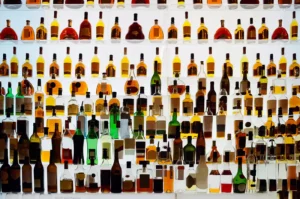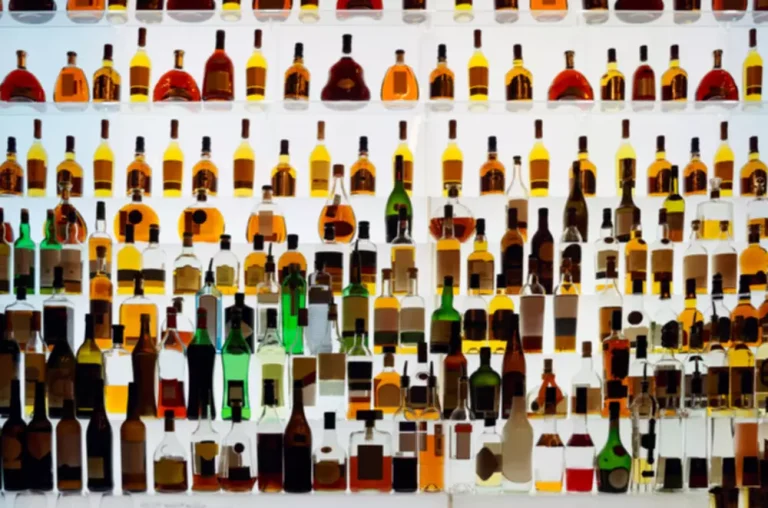
With so much misinformation and junk-science on the internet, it is important to get solid facts from doctors and scientists you can trust before deciding if medical marijuana could help you. Now leading experts at Harvard Medical School are here to help you separate is cbd addictive fact from frightening fiction about medical cannabis so you can make informed decisions. And, while there is a lot of positive talk about cannabis, there are risks—especially if you’re over 55.

CBD: Know the Facts

Based in Las Vegas, Centuria grows hemp and produces CBD products for sale in all 50 states. The decision, issued Monday by a three-judge panel of the 9th Circuit in San Francisco, means that hemp producers can only sell cannabidiol where it is allowed under state law. We are aware that state and local authorities are fielding numerous questions about the legality of CBD.
Featured publications
- However, as indicated above, the 2018 Farm Bill has descheduled hemp as it is defined under that law.
- Dependence and ToleranceThere have been case reports of withdrawal, ranging from mild to severe, following discontinuation of illicit use of GHB at frequent repeated doses (18 g to 250 g per day) in excess of the recommended dosage range.
- Side effects of CoQ10 are generally mild and include insomnia and digestive issues.
- Once disseminated at scientific conferences and published, these studies caused a great deal of interest in the United States.
- The agency also scoffed at the suggestion that CBD is being made from anything but flowering parts of the cannabis plant because cannabinoids “are found in the parts of the cannabis plant that fall within the . definition of marijuana, such as the flowering tops, resin and leaves.”
- The FDA will continue to facilitate the work of companies interested in appropriately bringing safe, effective, and quality products to market, including scientifically-based research concerning the medicinal uses of cannabis.
The agency has and will continue to monitor the marketplace and take action as needed to protect the public health against companies illegally selling cannabis and cannabis-derived products that can put consumers at risk and that are being marketed for therapeutic uses for which they are not approved. At the same time, FDA recognizes the potential therapeutic opportunities that cannabis or cannabis-derived compounds could offer and acknowledges the significant interest in these possibilities. FDA continues to believe that the drug approval process represents the best way to help ensure that safe and effective new medicines, including any drugs derived from cannabis, are available to patients in need of appropriate medical therapy. The Center for Drug Evaluation and Research (CDER) is committed to supporting the development of new drugs, including cannabis and cannabis-derived drugs, through the investigational new drug (IND) and drug approval process (see Question #16). For example, reportsshow that non–US Food and Drug Administration (FDA)-approved CBD products availableto consumers are often inaccurately labeled, containing varying amounts of activeingredient, and lack evidence for their safety and effectiveness.
CBD in natural health products, veterinary health products and cosmetics
This change may streamline the process for researchers to study cannabis and its derivatives, including CBD, that fall under the definition of hemp, which could speed the development of new drugs. When a product is in violation of the FD&C Act, FDA considers many factors in deciding whether or not to initiate an enforcement action. Those factors include, among other things, agency resources and the threat to the public health. FDA also may consult with its federal and state partners in making decisions about whether to initiate a federal enforcement action. Numerous other legal requirements apply to dietary supplement products, including requirements relating to Current Good Manufacturing Practices (CGMPs) and labeling. Information about these requirements, and about FDA requirements across all product areas, can be found on FDA’s website.
A. Cannabis is a plant of the Cannabaceae family and contains more than eighty biologically active chemical compounds. The most commonly known compounds are delta-9-tetrahydrocannabinol (THC) and cannabidiol (CBD). Parts of the Cannabis sativaplant have been controlled under the Controlled Substances Act (CSA) since 1970 under the drug class “Marihuana” (commonly referred to as “marijuana”) 21 U.S.C. 802(16) . “Marihuana” is listed in Schedule I of the CSA due to its high potential for abuse, which is attributable in large part to the psychoactive effects of THC, and the absence of a currently accepted medical use of the plant in the United States.
Virtually all of the states have adopted their own version of the federal CSA (Uniform Controlled Substances Act, 1994), and marijuana and its derivatives are in Schedule I under most of those state laws (even in states with adult use and/or medical access laws). Few states automatically change the schedule of a product or substance merely because the DEA has done so. The rest either require that rescheduling be conducted by a state agency through a sometimes-prolonged administrative process or by legislation enacted by the state legislature, and many legislative sessions occur only during the first 4 months of the year or every other year (National Council of State Legislatures NCSL, 2018).

